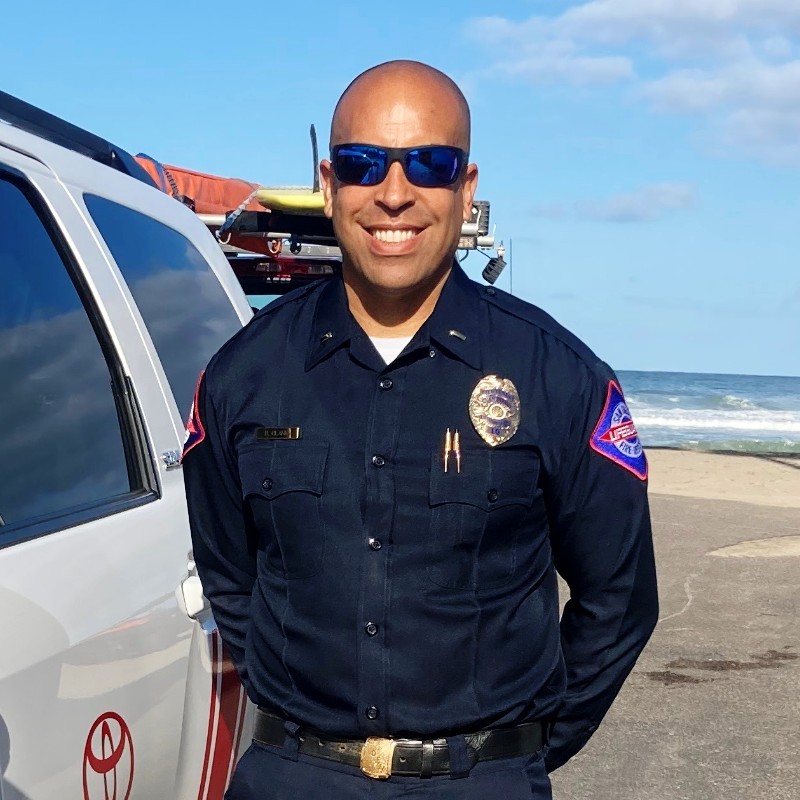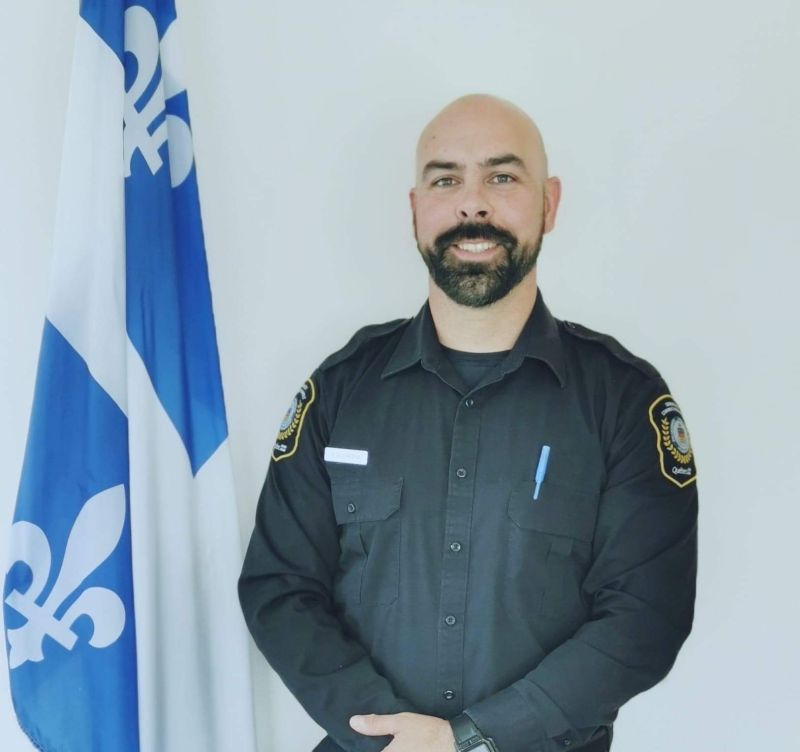
Brought to you by The National Association of EMS Physicians (NAEMSP)
Hosts: Dr. Joelle Donofrio-Odmann and Dr. Joseph Finney


GET CEU CREDIT THROUGH PRODIGY EMS: https://link.prodigyems.com/pemsp5
Content Experts: Joelle Donofrio-Odmann, DO and Joseph Finney, MD
Special Guests:
Bryan Clark: Marine Safety Lieutenant at San Diego Fire-Rescue Lifeguard and Paramedic
Gina Pellerito: Critical Care Paramedic with Mehlville Fire Protection District, Research Analyst/MOEMSC Chair at MU school of Medicine
Jon Boisvert: City of San Diego Oceanfront Lifeguard, San Diego Junior Lifeguard instructor
B-side Narrator: Joelle Donofrio-Odmann, DO
Editing and Publication: Joseph Finney, MD
Episode Summary
Welcome back to the Pediatric EMS podcast. Where I (Joe) live, summer is winding down, but this episode topic knows no seasonality. It affects everyone and it can happen at any moment. Today, on episode 5 of the pediatric EMS podcast, Joelle and I bring you a two-part episode focused on the silent epidemic of pediatric drowning. Today, in part one, we hear from two San Diego lifeguards who break down how experts in drowning prevention approach water safety, drowning prevention, rescue, and resuscitation. But we will also have a guest from one of our first episodes, Gina Pellerito who will take us through a call she will never forget, one that put her on a career path focused on improving prehospital pediatric care. In part two, we will hear from a whole new group of experts in advocacy, prevention, and expert research including a story you won’t want to miss. You have waited long enough, let’s get into part one and learn how to manage a drowning event.
Disposition: “The decision to admit to an ICU or hospital bed vs observation in the ED or discharge home should consider the severity of the patient’s drowning as well as any co-morbid or premorbid conditions” (Szpilman et al 2020)
The majority of drowning victims are well and without symptoms. Historically, despite well-appearance, all victims of drowning were admitted for observation given concern for sudden clinical deterioration (Noonan et al 1996). This thinking has changed over time, luckily. Now, only a certain group of symptomatic drowning victims will require admission. Except for our most severe patients, if there are symptoms, they will primarily be respiratory in nature. I find it easiest to divide patients into three broad potential categories; well appearing and asymptomatic, symptomatic with respiratory distress, and those who are unresponsive with cardiorespiratory collapse. This can feel like an oversimplification but it is important to help triage patients and determine who can go home, who should be observed, and who needs to be admitted.
Noonan et al in 1996 performed a retrospective chart review of 72 drowning victims. They found that 98% of patients who developed any symptoms did so in the first 4.5 hours. Based on their findings, they recommended the following:
-
Asymptomatic, well appearing in the ED→ Observation for 6-8 hours and discharge if no symptoms develop
-
Stable mildly symptomatic patients should be observed for 6-8 hours and admitted if they deteriorate or fail to improve, supportive care with supplemental oxygen and evaluation for aspiration/edema with CXR should be performed
-
Ill, symptomatic patients should be stabilized in the ED and subsequently admitted to the ICU or general inpatient unit
-
Consider ECG in all patients to screen for arrhythmia if history concerning
Ultimately, most patients can be observed and discharged. Management of the more critically ill patients will require a thoughtful, multidisciplinary approach with the goal of “maintaining adequate oxygenation, preventing aspiration and stabilising body temperature.” (Royal Children’s Hospital Melbourne CPG)
In this episode:
- 3 prehospital experts take us through their experience with pediatric drowning from the perspective of two San Diego Lifeguards and 1 Paramedic
- Highlights from Joe and Joelle on exactly how to approach pediatric drowning management
- Advice for medics and medical directors on training for this low frequency high risk event
- Back to the basics with review of the fundamentals in resuscitation
Resources
https://www.sandiego.gov/lifeguards/junior
https://www.aap.org/en/news-room/campaigns-and-toolkits/drowning-prevention/
Amazing course on pediatric drowning for EMS and bystanders:
Clarifying terms for drowning: https://health.clevelandclinic.org/dry-drowning-separating-fact-from-fiction/#:~:text=When%20you’re%20struggling%20underwater,Milk.
Prehospital Readiness: https://emscimprovement.center/domains/pediatric-readiness-project/
Key Take-Aways:
- Training is critical, drill in your agency and with community partners to make sure you are ready
- Focus on the basics: ventilation and high quality CPR
- C-collars are for trauma
- Arrhythmias are uncommon
- Survival requires rapid rescue and bystander resuscitation. Teach your community and your family
- Scene safe! Don’t become a second victim
- check out the NASEMSO model guidelines for drowning protocol recommendations and other protocol guidance
Come back for part 2 where we focus on prevention and advocacy in pediatric drowning. Plus, we will have a story you DO NOT WANT TO MISS!
Stay safe and stay sharp.
Joe and Joelle



